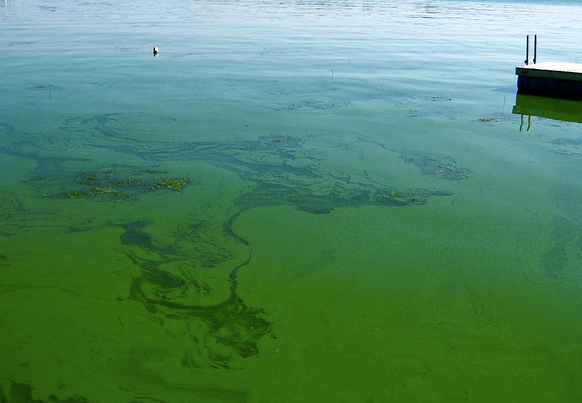THUNDER BAY — Testing has confirmed the presence of blue-green algae in Icarus and Trout lakes in the Thunder Bay region, prompting warnings to avoid contact with both bodies of water.
The Ministry of the Environment, Conservation and Parks confirmed the presence of the bacteria in a water sample collected at Trout Lake on June 30.
Water should be avoided whenever a blue-green algae bloom is present, and for about two weeks after it dissipates, the health unit said.
The lake, around 20 kilometres north of Thunder Bay along Highway 591, previously had a confirmed blue-green algae bloom in 2021.
The ministry also confirmed the presence of blue-green algae in a sample collected from Icarus Lake on July 2.
Icarus Lake is located roughly 100 kilometres west of Thunder Bay, along Northern Lights Lake Road.
Blue-green algae was also identified in that lake in 2019, 2020, and 2022.
Blue-green algae blooms were historically relatively rare in Northwestern Ontario, but have become more common in recent years. The health unit has warned that trend is expected to worsen as climate change causes water temperatures to rise.
It’s important to avoid drinking, swimming in, or using water contaminated with blue-green algae for household purposes, the agency says.
If contact with a bloom does occur, the health unit advises to wash the area with soap and clean water.
Pets are also vulnerable to the microscopic organisms, also known as cyanobacteria, that make up the blooms.
The organisms are naturally present in lakes and streams, usually in low numbers, but can rapidly increase in warm, shallow surface water under sunny conditions.
When this happens, they can form blooms that make the water look like green pea soup or turquoise paint. Some blue-green algae blooms produce toxins that are harmful to human and animal health when consumed, inhaled, or even from skin contact.
Residents who spot a suspected blue-green algae bloom can report it to the Spills Action Centre at 1-800-268-6060. More information is also available by calling the health unit at (807) 625-5900 or visiting its website.
